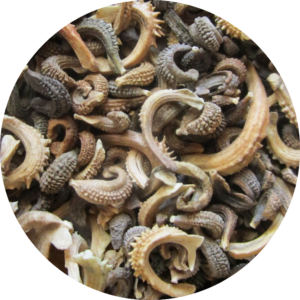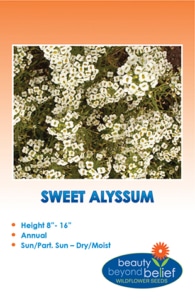Take a Listening Walk
By: Sandy Swegel
The skies were gray this morning. The landscape was brown and dead. I kept looking for Spring but at best there were just the green tips of bulbs appearing among dead leaves. Maybe the buds were swelling on trees. It was cold, but it still felt like Spring. How could that be?
The loud demanding chirping of some birds interrupted my thoughts and I realized I could HEAR Spring. So I took a listening walk to a nearby pond and while I couldn’t really see Spring…the pond scenery was just as brown as my yard was…but now I knew…nature is waking up.
I could hear the male birds in rapt mating calls…doing their best to make some new baby birds. Lots of mating and birthing going on in Spring. I could hear some tiny chirps that I think were baby sparrows or finches. There was rustling in the winter leaf debris. I couldn’t see anything but I could guess there were baby caterpillars and insects under there that the birds were scratching to find. I suspect there were little mice in there too. Which meant that snakes were waking up and slithering in the grasses.
There wasn’t much to see, but I could hear nature erupting in new life. Spring is noisy. A nature walk in January is pretty quiet except for some chickadees and perhaps large animals running off, startled by a human invading their wild territory. But Spring makes an absolute racket. Even the water is noisy. A week of warm weather had melted ice and brooks were babbling again.
Very early Spring is subtle. I know from the sounds that new life is starting. But it’s a slow lazy waking up. Snow is coming later in the week and I’m reminded of the adage that March is the snowiest month.
The avid gardener has just a few tasks in early Spring. One is to enjoy nature without having to work to weed or control it. Another is to do some pruning while the trees and shrubs are still dormant. But after a cold morning walk, the best thing this gardener can do is go inside and start some more seeds under the lights. Outside, Mother Nature can call the shots. Inside, I’m getting a head start on all those seeds that I want to grow now!
Photo credits:
cuddlesandmuddles.wordpress.com/2013/03/06/world-book-day-activities-taking-a-listening-walk/
www.twrcwildlifecenter.org/volunteer/baby-bird-program/








